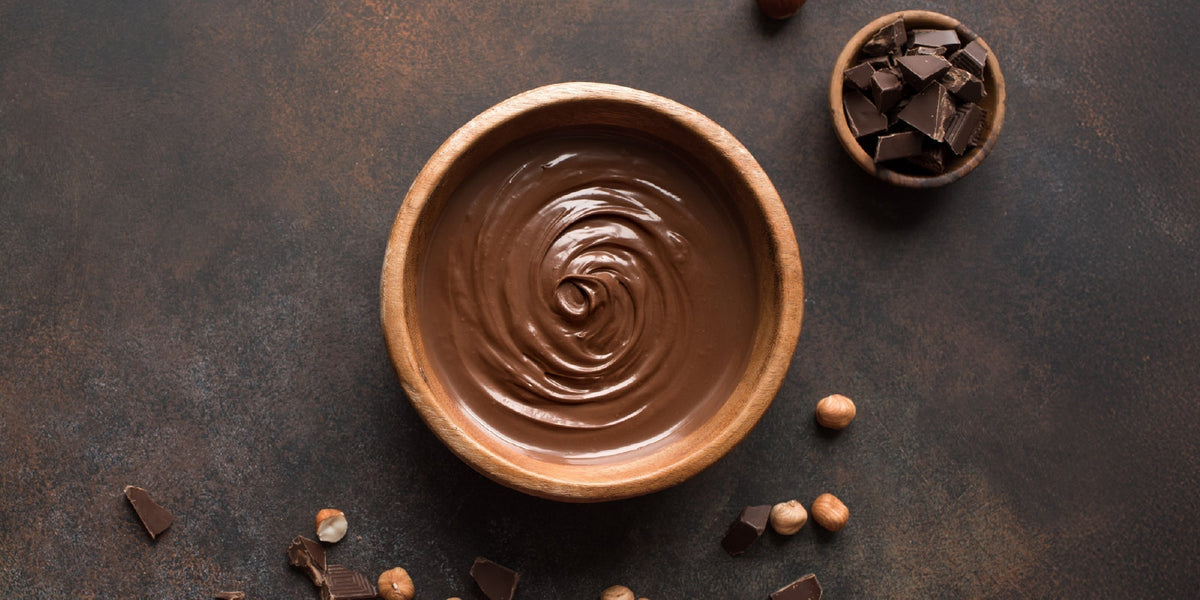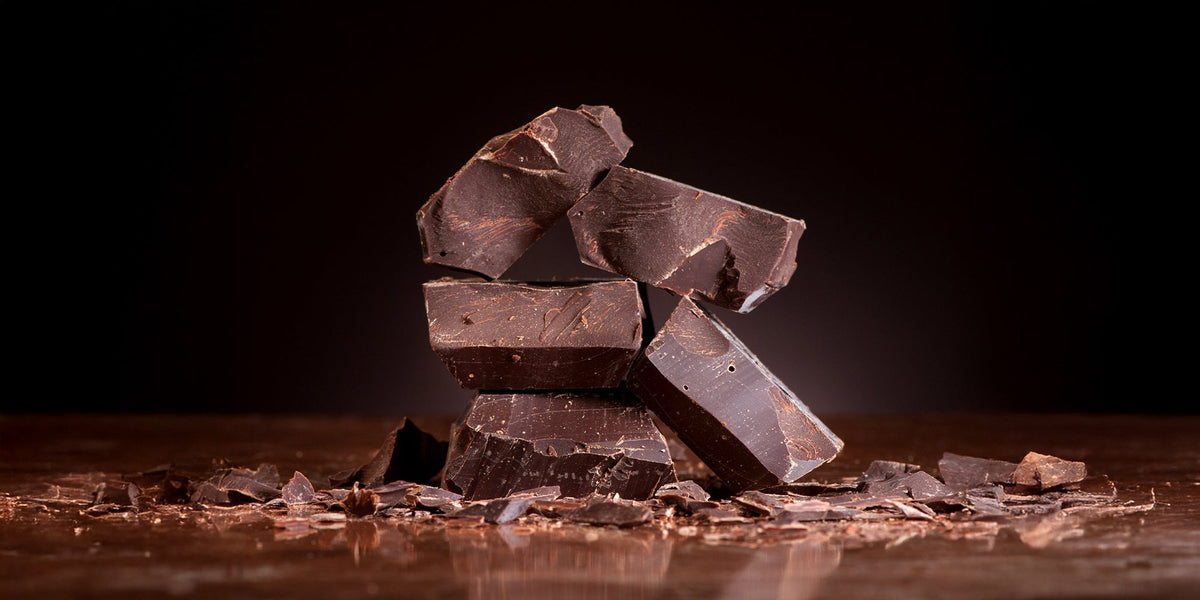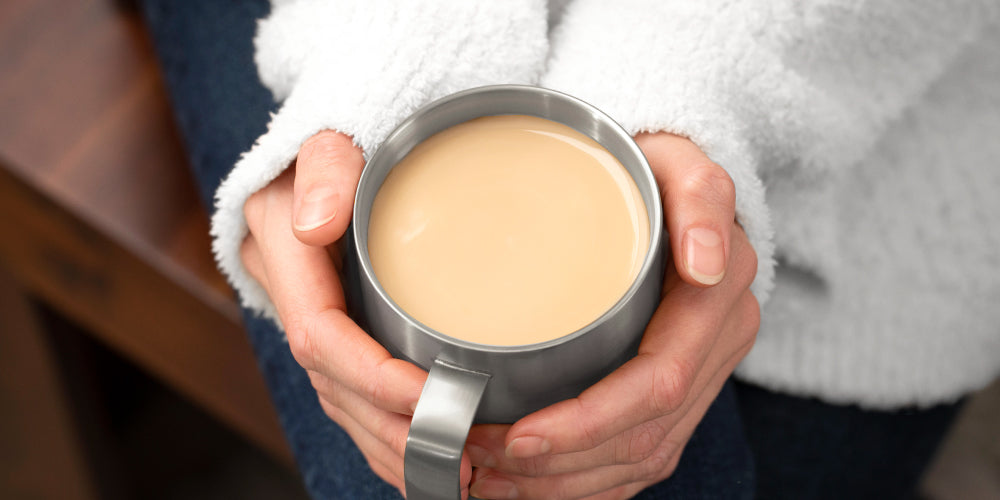
Floral Teas For Spring
Spring is in full bloom, and a warm cup of floral tea is a delicious way to embrace the season. If you have yet to foray into floral teas, no worries – we’ll be your guide. We’re covering some of the most common types of floral tea and recommending a few of our favorites to help you find your perfect spring tea ritual.
Jasmine
Jasmine tea has been consumed for centuries in China. While it can be prepared as a floral tisane (a “tea” that is made with only herbs or flowers instead of tea leaves), it’s more commonly enjoyed as an addition to green teas. Its light, sweet taste and pleasant fragrance make it a perfect flavor enhancer for the grassy, vegetal notes of green teas.
- Alfred Tea Co.’s Jasmine Loose Leaf Green Tea is a lovely, fragrant blend of jasmine flowers and green tea.
- The Republic of Tea’s Jasmine Pearls is a clean tea that is hand rolled into tight pearl-like shapes and scented multiple times with fresh jasmine blossoms to give it its floral notes.
Rose
Rose petals, buds, and hips are all used to make and flavor teas. Pure rosehip tea is prized for its high vitamin C and antioxidant content, while dried petals and rose extracts/ oils are used to flavor tea blends. While you can find rose blended into all types of teas, it’s most commonly added to black teas since its strong floral flavor can easily overpower green and light oolong teas.
- Organic India’s Tulsi Sweet Rose tea combines organic rose and chamomile to keep you feeling calm and centered.
- Art of Tea’s Rose Black Tea fuses together black tea and rose petals for a well-balanced floral blend that is perfect for any time of the day.
Hibiscus
Like rose, hibiscus offers a strong floral flavor that blends well with other dried flowers and teas. Hibiscus is also enjoyed on its own as a tart, fruity, and antioxidant-packed tisane with a beautiful red hue.
- Discover the bold flavor for yourself by brewing a cup of pure hibiscus flowers from Mountain Rose Herbs.
- Groundwork’s Hibiscus Sunrise blend contains organic hibiscus, chamomile, lemongrass, rosehips, cinnamon, and blood orange for a tea that is high in vitamin C - and just as tart as it is sweet.
Chamomile
Chamomile is the most common floral tea, at least in the West, and is readily available in nearly every supermarket. While it’s well-known as a relaxing bedtime tea, chamomile’s notes of apple and honey makes a lovely addition to other tea blends.
- Keep pure chamomile leaves on hand for a calming herbal tea.
- Harney & Sons Chamomile Herbal Tea tins are filled with sachets containing only the finest yellow chamomile flowers and pollen that are sourced from Egypt.
Lavender
Love the scent of lavender? You’ll probably love lavender teas just as much. Because of its reputation as a calming herb, you’ll often find lavender in caffeine-free herbal teas, though it pairs nicely with other teas, as well.
- The bergamot in Earl Grey pairs well with lavender for a floral take on the classic Earl Grey. Try TeaLeaves’ Organic Earl Grey with Lavender on its own or turn it into a London Fog by adding steamed milk, vanilla extract, and sweetener of choice.
- Wind down with Ember’s own relaxing tea blend featuring chamomile, lavender, and lemon balm.
Blooming Flower Teas
If you are interested in a beautiful, floral tea experience that photographs just as well as it tastes, try The Qi’s line of blooming flower teas. Rather than a blend of fine tea leaves and herbs, one whole, single flower (choose from Shangri-La Rose, Royal Chrysanthemum, and Blue Lotus) is dropped into hot water for an eye-catching experience.
Whatever blend of tea and flowers suits your palate, you can preserve those delicate flavors by keeping them warm in your Ember Mug². A lower drinking temperature of around 125°F allows you to appreciate the subtler flavors of jasmine and chamomile, while the stronger flavors of rose, hibiscus, and lavender will shine through even at higher temperatures.

Related Articles

Nutella Mocha Latte
If you love the smooth, rich taste of the internationally beloved hazelnut spread known as Nutella, look further because we have just the latte for you.

